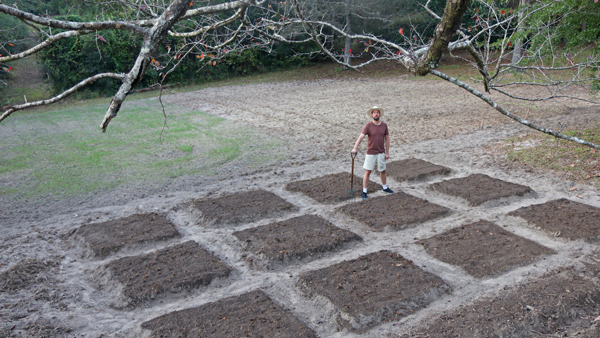SW writes:
“I’ve been following your latest garden experiment on YouTube using different amendments to track their affects. I’ve wanted to ask a question, but didn’t want to ask, during your livestream.
Why are soil amendments added separately by gardeners?
Why wouldn’t we add biochar, rock dust, green sand etc. to our compost?
In doing so, wouldn’t we eliminate the risk of one amendment robbing from another; or worse yet failing to metabolize the properties from the amendments you want to add to your soil. As an example, if biochar needs to be charged to work, why wouldn’t the same apply to all amendments?
If we added everything to our compost, wouldn’t we have the best chance to metabolize all of the properties the soil needs?”
I replied:
“It’s a good question. I think many gardeners add more than one thing. Personally, I add what I have as I have it, sometimes together and sometimes not. Wood ashes, seaweed, fertilizer, fish emulsion, etc. Currently I am adding biochar, alfalfa meal and clay to my compost pile. The wider range of nutrients you add, the healthier things should be. For the sake of my current experiment I am separating all the amendments to test their individual efficacy, but when I plant my spring gardens I’m putting it all together. That will make for something amazing!”
Imagine feeding beds with Steve Solomon’s fertilizer mix, along with compost, along with DFSW, along with aged manure, along with wood ashes, some clay, some biochar, some alfalfa meal…
…that would be epic!
The experiment must continue, however. We need to know how each of these fertilizers perform on their own.

